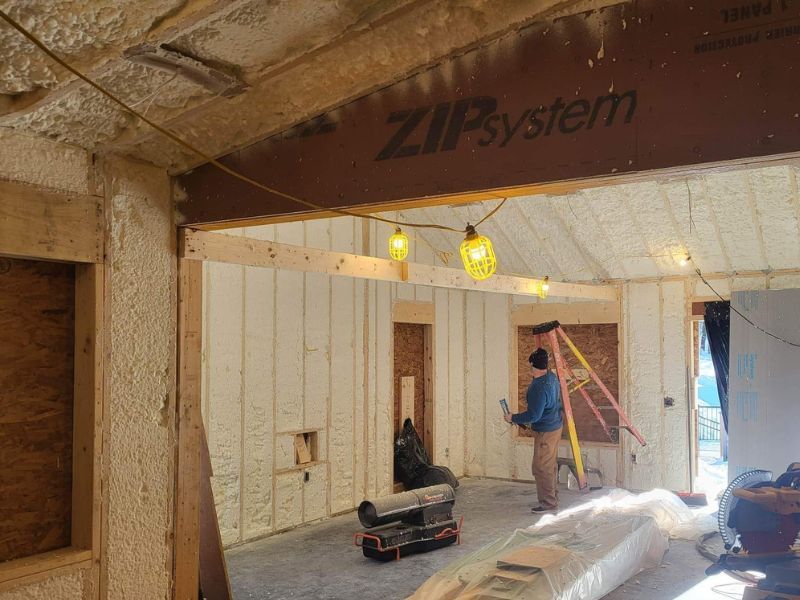
Types of Insulation – Which is right for you?
When it comes to insulation, there is no one-size-fits-all solution. The type of insulation that’s right for your home depends on a variety of factors, such as your budget, the climate you live in, and the specific areas of your home that need insulation. In this blog post, we’ll explore the different types of insulation available and the pros and cons of each. By the end, you’ll have a better understanding of which type of insulation is the best fit for your home.
Types of Insulation for Your Home
Fiberglass Insulation
Fiberglass insulation is one of the most popular types of insulation on the market. It’s made from tiny glass fibers that are woven together to create a blanket-like material that can be cut to fit into walls, ceilings, and floors. Fiberglass insulation is affordable and easy to install, making it a popular choice for homeowners who are looking for a budget-friendly option. Additionally, fiberglass insulation is fire-resistant, which is a major benefit for homeowners who are concerned about fire safety.
However, there are some downsides to fiberglass insulation. For one, it’s not the most environmentally friendly option, as it’s made from non-renewable resources. Additionally, fiberglass insulation can be itchy and irritating to work with, which can be a major drawback for homeowners who are installing it themselves.
Blown-In Insulation
Blown-in insulation is another popular option for homeowners. This type of insulation is made from recycled materials, such as cellulose or fiberglass, that are blown into attics, walls, and floors using a special machine. Blown-in insulation is great for hard-to-reach areas, and it can be installed quickly and easily.
The benefits of blown-in insulation go beyond ease of installation. This type of insulation is also great at reducing sound transmission, which is a major plus for homeowners who live in noisy neighborhoods. Additionally, blown-in insulation has a high R-value, which means it’s very effective at keeping your home warm in the winter and cool in the summer.
Foam Board Insulation
Foam board insulation is a rigid panel made from foam, such as polystyrene or polyisocyanurate. This type of insulation is great for insulating walls, floors, and ceilings, and it’s also commonly used to insulate foundation walls. Foam board insulation is durable and long-lasting, and it’s resistant to water and pests, making it a great choice for homeowners who are concerned about moisture or pest problems.
However, foam board insulation can be more expensive than other types of insulation, which can be a drawback for budget-conscious homeowners. Additionally, foam board insulation can be difficult to install, especially in hard-to-reach areas.
Spray Foam Insulation
Spray foam insulation is a newer type of insulation that’s becoming increasingly popular with homeowners. This type of insulation is made from a chemical mixture that’s sprayed into walls, ceilings, and floors, where it expands to fill every nook and cranny. Spray foam insulation is great at reducing air leakage, which can lead to lower energy bills and a more comfortable home.
However, spray foam insulation is also one of the more expensive options on the market, which can be a drawback for homeowners who are on a tight budget. Additionally, spray foam insulation requires special equipment and training to install, so it’s not a good choice for homeowners who are planning on installing insulation themselves.
In conclusion, there are many different types of insulation available, each with its own set of pros and cons. Whether you choose fiberglass insulation, blown-in insulation, foam board insulation, or spray foam insulation depends on your specific needs and budget. If you’re unsure which type of insulation is right for your home, it’s always a good idea to consult with a professional insulation installer like Premier who can help guide you in the right direction.
Frequently Asked Questions About Insulation
How can I determine which type of insulation is best for my home?
The best type of insulation for your home depends on several factors, such as the climate in your area, the age and design of your home, and your budget. It’s essential to consult with an insulation professional to help determine which insulation type is best suited for your specific needs.
Are there any eco-friendly options for insulation?
Yes, there are eco-friendly insulation options available. For example, cellulose insulation is made from recycled paper and is considered a green choice. Additionally, some spray foam insulation products are made from renewable resources such as soybeans.
Can insulation be installed in an existing home, or is it only for new construction?
Yes, insulation can be installed in an existing home. In fact, adding insulation to an older home is often an effective way to increase energy efficiency and reduce heating and cooling costs. An insulation professional can assess your home’s current insulation levels and recommend the best options for an upgrade.
How much money can I expect to save on my energy bills by installing insulation?
The amount of money you can save on your energy bills by installing insulation depends on several factors, such as your current insulation levels, the type of insulation you choose, and the climate in your area. On average, homeowners can expect to save up to 20% on their energy bills by adding insulation to their homes. Over time, the cost savings from reduced energy bills can offset the cost of installing insulation.
Table of Contents
Other Blogs You May Be Interested In
Categories
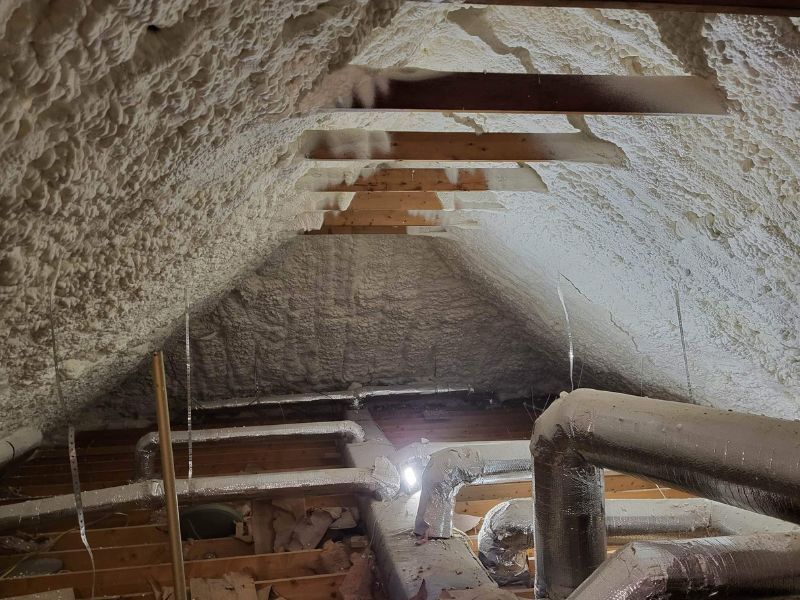

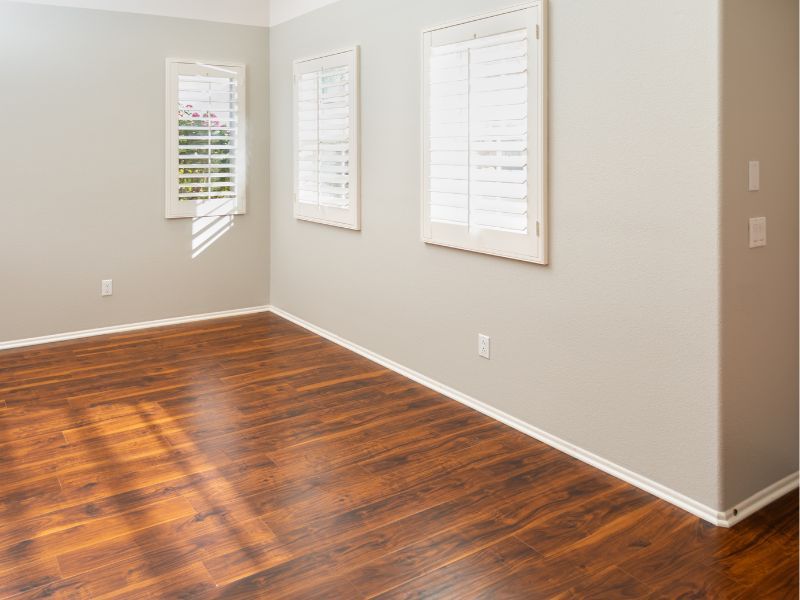
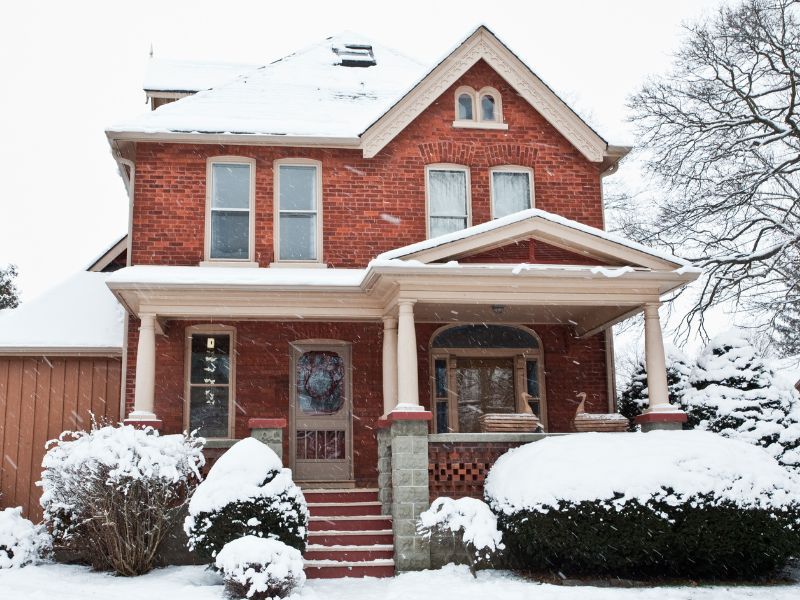
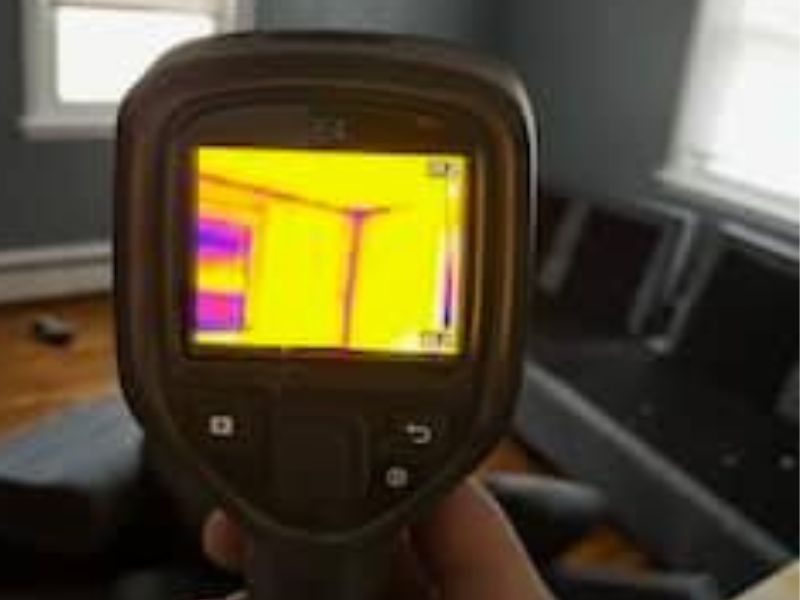
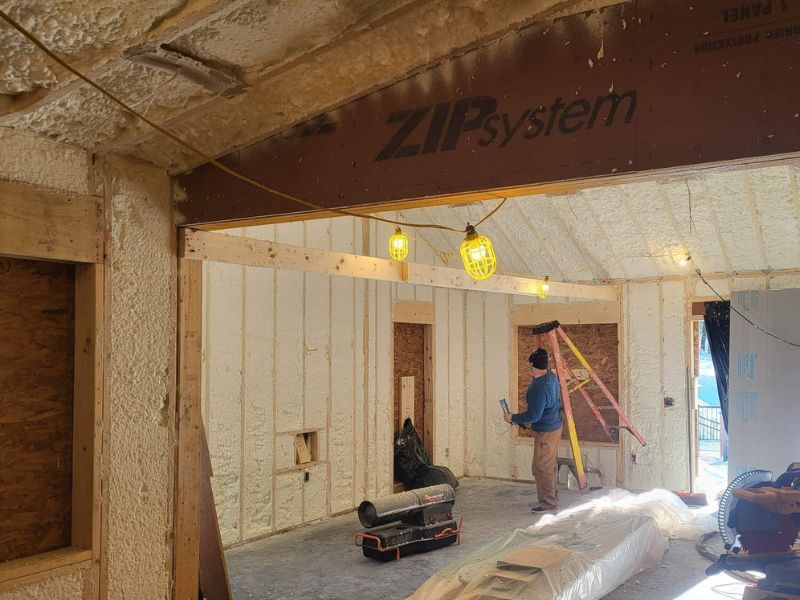
Leave a Reply
You must be logged in to post a comment.